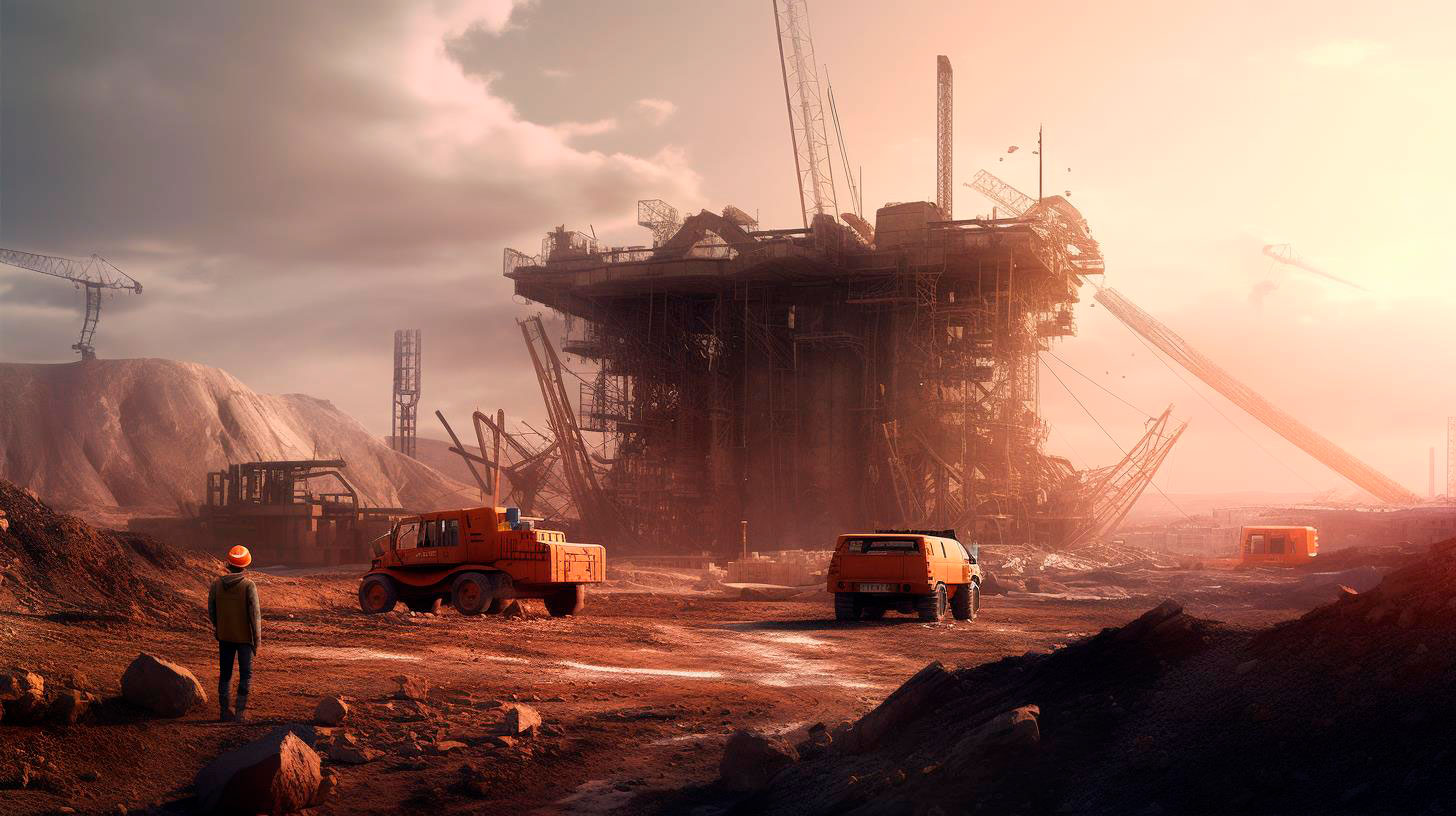Hydropower and Wildlife Conservation: Harmonizing Human and Animal Needs
However, the construction and operation of hydropower projects can have significant impacts on wildlife and their habitats. In this article, we will explore the delicate balance between hydropower development and wildlife conservation, looking for ways to harmonize the needs of both humans and animals.
The Importance of Hydropower
Hydropower plays a vital role in meeting the world’s increasing energy demands. According to the International Hydropower Association (IHA), hydropower currently accounts for approximately 16% of global electricity production. This clean energy source avoids the release of millions of tons of CO2 emissions each year, helping to combat climate change.
Here are some key advantages of hydropower:
- Renewable: Unlike fossil fuels, water is a renewable resource that can be replenished naturally.
- Reliable: Hydropower plants can operate consistently, providing a stable and predictable energy source.
- Cost-effective: After the initial investment, hydropower projects have low operational and maintenance costs.
- Water storage: Reservoirs created by hydropower projects can be used for irrigation, water supply, and flood control.
However, the development and operation of hydropower facilities, such as dams and reservoirs, can create challenges for wildlife and ecosystems.
The Impact on Wildlife
The changes brought about by hydropower projects can affect wildlife in various ways. These impacts may include:
- Alteration of habitats: The construction of dams and reservoirs can submerge large areas of land, changing the natural ecosystems and displacing wildlife.
- Migration barriers: Dams can obstruct the natural migration patterns of fish and other species, impacting their reproductive cycles and threatening their populations.
- Water quality changes: The release of water from dams may alter the downstream water temperature, dissolved oxygen levels, and sediment flow, affecting aquatic species.
- Loss of biodiversity: The flooding caused by reservoirs can lead to the loss of unique and diverse habitats, potentially resulting in the extinction or population decline of certain species.
Harmonizing Human and Animal Needs
While hydropower development can have negative effects on wildlife, steps can be taken to minimize and mitigate these impacts. The aim is to find a balance that allows both human and animal needs to coexist harmoniously. Here are some strategies that can be employed:
- Planning and design: Thorough environmental assessments and surveys should be conducted prior to dam construction to identify and protect sensitive habitats or endangered species.
- Fish passage systems: The implementation of fish ladders, fish elevators, or bypass channels can help fish overcome dams and continue their natural migration routes.
- Flow regimes: Careful management of water releases from dams can simulate natural flood patterns, maintaining adequate habitats for aquatic species.
- Habitat restoration: Efforts should be made to restore and recreate habitats downstream of dams to compensate for the areas lost during construction.
- Collaboration and research: Governments, hydropower companies, and conservation organizations should work together to develop and implement innovative approaches that benefit both energy production and wildlife conservation.
To drive further change and promote hydropower projects that prioritize wildlife conservation, it is essential to raise awareness among stakeholders and the general public about the importance of biodiversity conservation and sustainable energy.
Conclusion
Hydropower offers a promising solution to the global energy crisis, but it also presents challenges for wildlife and ecosystems. By implementing effective environmental planning, minimizing impacts, and prioritizing wildlife conservation in hydropower development, we can achieve a balance that benefits both humans and animals. It is crucial to adopt a collaborative approach and embrace innovative strategies to ensure the coexistence of hydropower and wildlife.
Key Takeaways:
- Hydropower is a renewable and reliable energy source, accounting for approximately 16% of global electricity production.
- The construction and operation of hydropower projects can impact wildlife, altering habitats, blocking migration routes, and affecting water quality.
- Strategies such as thorough planning, fish passage systems, flow regime management, habitat restoration, and collaboration can help harmonize hydropower development and wildlife conservation.
For more information on wildlife conservation and hydropower, visit the Nature Conservancy website or learn about sustainable energy practices at the U.S. Department of Energy.
